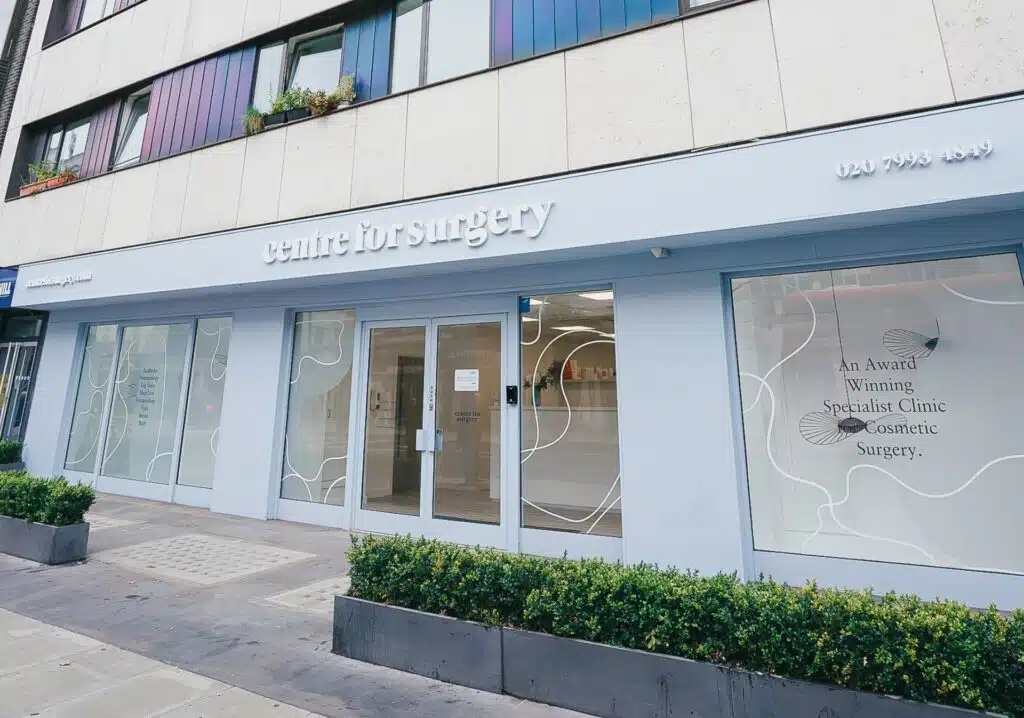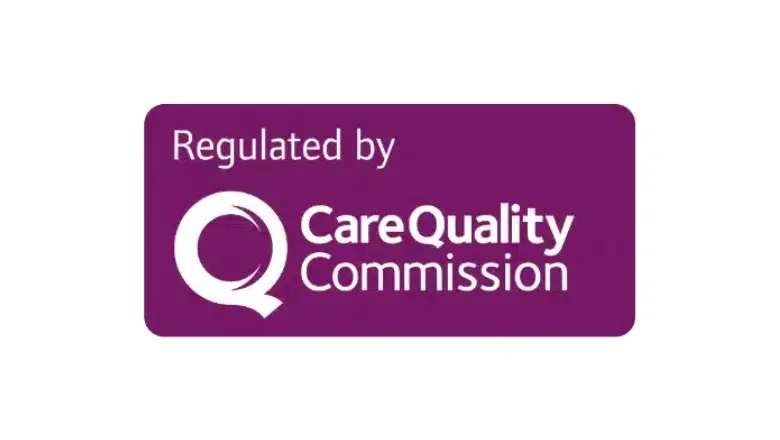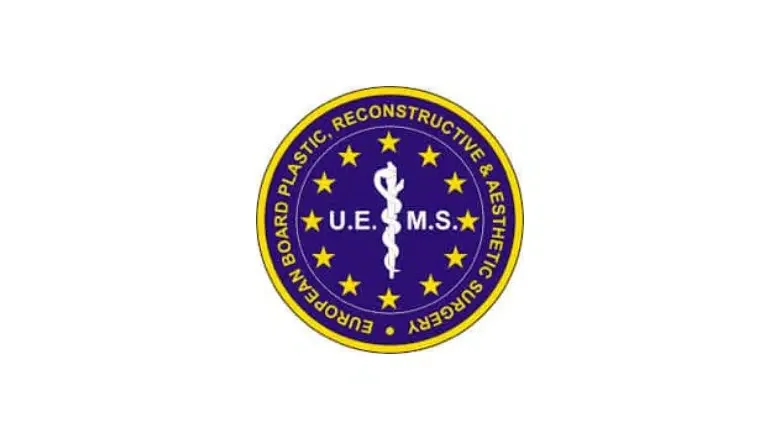Asymmetrical breasts can be caused by several factors, including hormonal fluctuations, traumatic injury to the breast, puberty, and simply being born with uneven breasts. Many women notice their breasts feeling more tender and tense during the ovulation part of their menstrual cycle. The breasts may also appear larger during this part of the menstrual cycle and is most commonly due to increased vascularity and oedema or swelling. Once passing menses has occurred, the breasts return to their usual size.
Some women may have a medical condition known as juvenile breast hypertrophy, which results in uneven breasts due to one breast growing to a significantly larger size compared with the other breast. Although this condition is relatively rare, it has the potential to cause a significant reduction in self-confidence and emotional well-being. It may have an impact on the ability to form intimate relationships. Fortunately, juvenile breast hypertrophy can be easily corrected with a combination of breast surgery techniques which may include breast uplift, breast reduction, breast augmentation with implants or fat transfer to breasts to restore breast symmetry.
How common is asymmetry in breasts?
Breast asymmetry or uneven breasts results in one breast having a different size or shape. Breast asymmetry is prevalent amongst women in the UK, with over 50% of all women having some degree of uneven or asymmetrical breasts. Women who have breast cancer may develop breast asymmetry compared with women who do not have breast cancer. A wide range of possible risk factors lead to the formation of uneven breasts. Women who have tubular breasts often develop a significant degree of breast asymmetry.
What are tuberous or tubular breasts?
Can a droopy breast on one side be corrected to restore breast symmetry?
Many women have often noticed they have one breast which appears more droopy compared with the other side, and it is entirely normal for this to occur. This condition is prevalent. If women notice changes in the size of their breasts or feel their breast consistency has changed, we recommend having a consultation with your GP for further assessment at a breast clinic.
Is breast asymmetry linked to having breast cancer?
Some women with breast cancer may have an association with asymmetrical breasts compared with women without breast cancer. Several other potential risk factors include hereditary factors and a woman’s age. Further scientific research continues to be undertaken to determine whether there is a link between women with uneven breasts and the risk of developing breast cancer. Women who have mastectomy often develop breast a cemetery due to the removal of the cancerous breast tissue. This can be corrected either at the same time of surgery for breast cancer or at a later date as part of a breast reconstruction procedure to restore breast symmetry.
What is the best treatment for uneven breasts to restore breast symmetry?
Although many women in the UK have asymmetric breasts and may not be concerned about their appearance, some women may be distressed by having uneven breasts and wish to have surgery to restore breast symmetry. The best way to determine the correct treatment for asymmetrical breasts is to have a face-to-face consultation with an expert breast surgeon at our state-of-the-art London clinic on Baker Street. Sometimes a combination of procedures may be required to achieve symmetrical-looking breasts. Breast uplift surgery may be performed with or without breast implants to improve the shape of the breast. This procedure involves the removal of excess skin and aims to reposition the nipple upwards to restore a youthful and perky breast. A breast lift can improve symmetry without changing the breast size and is also known as mastopexy surgery.
Other techniques for treating uneven breasts include fat transfer to the breast, also known as breast fat grafting and can achieve a natural breast augmentation without the need for breast implants. This technique has the advantage of being able to precisely optimise the shape of the breast by injecting the fat in targeted locations. If the breast size needs to be made bigger or smaller, then breast enlargement or breast reduction surgery may be performed in combination with breast lift surgery.
At Centre for Surgery in London, our surgeons are trained in the full range of breast asymmetry correction techniques and regularly deploy combinations of breast procedures to achieve symmetrical and natural-looking breasts. As with all types of cosmetic surgery, it is essential to have realistic expectations, and to assist with this, some of our surgeons use 3-D imaging. 3-D imaging may give you an idea of how you could look after the breast asymmetry correction procedure. Patients who are well-informed about the procedure will have realistic expectations and are more likely to be delighted with the results of breast asymmetry correction in London.










